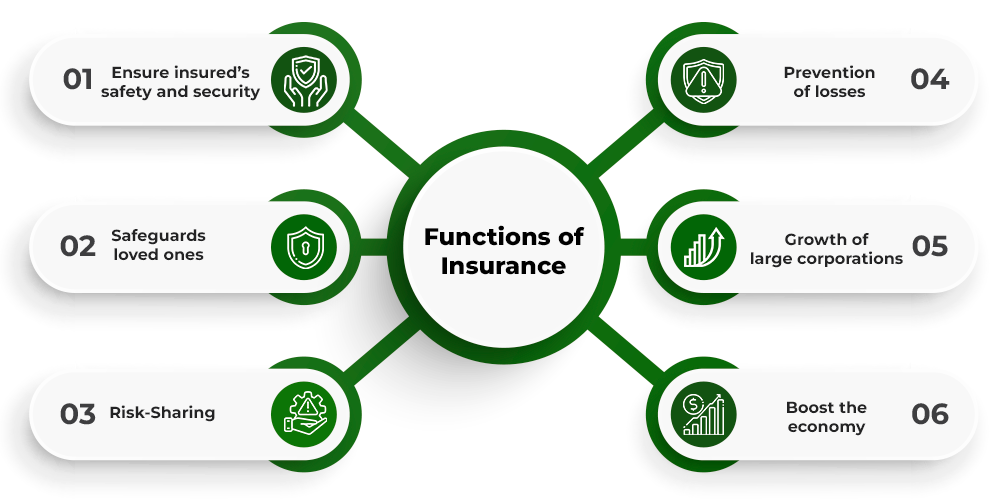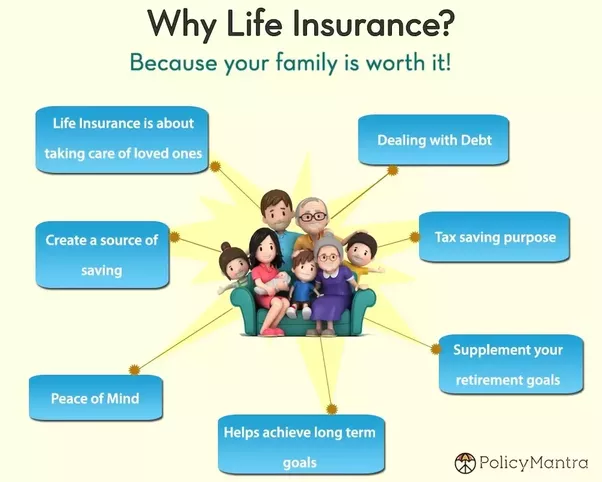The Only Guide for Pacific Prime
What Does Pacific Prime Do?
Table of ContentsThe 4-Minute Rule for Pacific PrimePacific Prime Fundamentals ExplainedThe smart Trick of Pacific Prime That Nobody is Talking AboutAll About Pacific PrimeAll about Pacific Prime

This is due to the fact that the data were gathered for a duration of strong financial efficiency. Of the estimated 42 million individuals who were without insurance, just about regarding 420,000 (concerning 1 percent) were under 65 years of age, the age at which most Americans become qualified for Medicare; 32 million were grownups in between ages 18 and 65, about 19 percent of all adults in this age team; and 10 million were youngsters under 18 years of age, regarding 13.9 percent of all kids (Mills, 2000).
These quotes of the variety of persons uninsured are created from the yearly March Supplement to the Existing Population Survey (CPS), carried out by the Demographics Bureau. Unless or else noted, national estimates of people without medical insurance and proportions of the population with different type of insurance coverage are based on the CPS, one of the most extensively made use of source of quotes of insurance coverage and uninsurance prices.
The Ultimate Guide To Pacific Prime

Still, the CPS is especially useful due to the fact that it generates annual estimates relatively rapidly, reporting the previous year's insurance protection approximates each September, and due to the fact that it is the basis for a consistent collection of price quotes for even more than twenty years, enabling evaluation of patterns in protection gradually. For these reasons, as well as the comprehensive usage of the CPS in other research studies of insurance protection that are presented in this record, we count on CPS estimates, with constraints noted.

The estimate of the variety of uninsured people broadens when a population's insurance policy condition is tracked for numerous years. Over a three-year period starting early in 1993, 72 million people, 29 percent of the united state population, were without insurance coverage for a minimum of one month. Within a single year (1994 ), 53 million people experienced a minimum of a month without protection (Bennefield, 1998a)
6 out of every 10 uninsured adults are themselves utilized. Although working does enhance the probability that one and one's relative will have insurance, it is not an assurance. Also participants of family members with two permanent wage earners have virtually a one-in-ten chance of being without insurance (9.1 percent uninsured price) (Hoffman and Pohl, 2000).
Getting The Pacific Prime To Work
New immigrants make up a considerable percentage helpful resources of individuals without medical insurance. One evaluation has actually attributed a significant section of the recent growth in the size of the U.S. uninsured population to immigrants who showed up in the nation in between 1994 and 1998 (Camarota and Edwards, 2000). Current immigrants (those who pertained to the United States within the past four years) do have a high rate of being uninsured (46 percent), but they and their kids represent just 6 percent of those without insurance coverage country wide (Holahan et al., 2001).
The partnership in between medical insurance and accessibility to care is well developed, as recorded later on in this phase. The relationship in between wellness insurance coverage and health outcomes is neither straight nor easy, a comprehensive clinical and wellness services study literature links health and wellness insurance protection to better access to care, better top quality, and enhanced individual and population health condition.
Degrees of analysis for checking out the impacts of uninsurance. It concentrates specifically on those without any type of health and wellness insurance for any kind of length of time.
Pacific Prime for Beginners
The issues faced by the underinsured are in some areas similar to those encountered by the without insurance, although they are usually less severe. Health and wellness insurance coverage, nonetheless, is neither needed nor enough to acquire accessibility to clinical services. The independent and straight impact of health insurance protection on accessibility to health solutions is well established.
Others will certainly obtain the healthcare they need also without health and wellness insurance, by spending for it out of pocket or seeking it from suppliers that offer care totally free or at extremely subsidized prices. For still others, medical insurance alone does not ensure receipt of treatment as a result of various other nonfinancial obstacles, such as a lack of health and wellness treatment service providers in their area, limited access to transport, illiteracy, or etymological and cultural differences.
Some Known Details About Pacific Prime
Official research study concerning without insurance populaces in the USA dates to the late 1920s and very early 1930s when the Board on the Cost of Medical Care created a series of reports about financing physician office check outs and hospital stays. This problem ended up being prominent as the varieties of medically indigent climbed during the Great Depression.